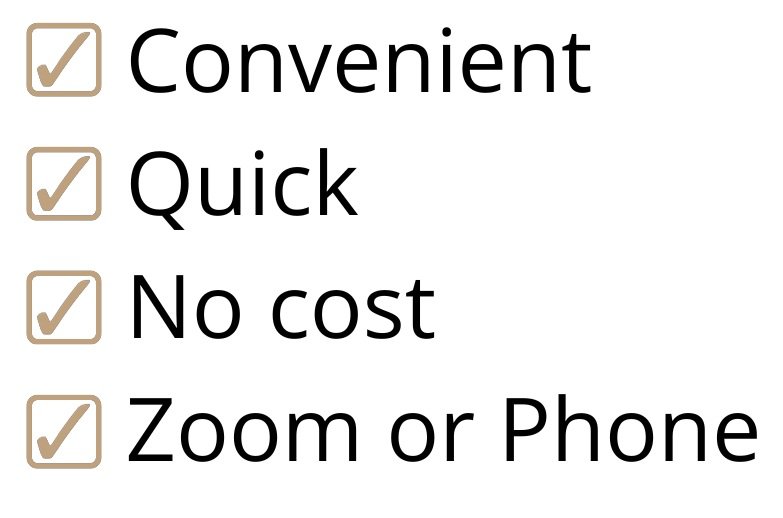How VTB Mortgages Help Unbankable Buyers Close Deals in Ontario
Hi, WealthTrack founder David Pipe here. In Ontario's competitive and often restrictive commercial real estate market, not all buyers can secure financing through traditional lending institutions.
These "unbankable" buyers, often new investors, self-employed individuals with unconventional income streams, or those with bruised credit histories, are frequently turned away by banks.
Enter the Vendor Take-Back (VTB) mortgage—a creative financing tool that allows these buyers to close deals they otherwise couldn't.
This article explores how VTB mortgages work, why they are advantageous for unbankable buyers, and what both vendors and purchasers should consider when entering into such arrangements.
What Is a Vendor Take-Back (VTB) Mortgage?
A Vendor Take-Back mortgage is a loan provided directly by the seller (vendor) of a property to the buyer. Rather than receiving the full purchase price in cash at closing, the vendor "takes back" a mortgage for a portion of the price and accepts regular payments from the buyer, much like a bank would.
This financing structure is secured against the property and typically ranks second to any primary mortgage the buyer might secure. However, in some cases, especially where the buyer is completely unbankable, the VTB may be the only form of financing.
Interested in Building Wealth?
Reach out to WealthTrack today!
Why Buyers Become Unbankable
Unbankable buyers are not necessarily poor investment risks. Many are:
New entrepreneurs or investors with no track record
Self-employed individuals who cannot show conventional T4 income
Foreign buyers without Canadian credit history
Investors recovering from bankruptcy or with poor credit scores
Buyers of unconventional or "hard-to-finance" properties, such as vacant commercial land or mixed-use buildings
For these buyers, banks may simply refuse to lend or demand extremely high down payments and punitive interest rates.
How VTBs Help Close the Gap
For these buyers, VTBs serve as a bridge between their financial reality and the property they want to purchase. Here’s how:
Reduces Immediate Capital Requirements: Buyers can offer less cash up front if the seller is willing to finance part of the purchase.
Flexible Terms: VTBs are private agreements and can be tailored to meet the needs of both parties in terms of interest rate, amortization, and payment schedule.
Builds Buyer Credibility: Making timely payments on a VTB can help a buyer build a track record, potentially making them more bankable in the future.
Secures the Deal: For vendors, offering a VTB can attract more buyers and potentially sell a property faster, sometimes at a higher price.
Legal and Structural Considerations
VTBs should always be documented with the help of a real estate lawyer. Some key structural considerations include:
Registered Security: The VTB should be registered against the property title, just like a traditional mortgage.
Priority of Mortgages: If there is a first mortgage, the VTB will be in second position, which carries more risk for the vendor.
Due on Sale Clause: Most VTBs require full repayment if the buyer attempts to sell the property before the mortgage is paid off.
Default Protocols: The agreement should clearly define what happens in the event of a missed payment or buyer default.
Common Terms in VTB Deals
While terms vary, typical VTB conditions might look like:
Interest Rate: 6% to 10%, depending on buyer risk
Amortization: 2 to 5 years is common
Down Payment: Typically 10% to 30% from the buyer
Balloon Payment: Often required at the end of the term
These terms are negotiable and depend heavily on the buyer’s situation and the seller’s motivation.
Risks for Buyers and Sellers
While VTBs can be beneficial, they aren’t risk-free:
Buyer Risks:
Balloon payments due at the end of the term may be hard to refinance
Higher interest rates than bank mortgages
Short amortization periods can cause cash flow strain
Seller Risks:
Buyer default, particularly without strong vetting
Second-position risk if there's a first mortgage
Delayed capital access, since they don’t receive the full purchase price at closing
Mitigating these risks requires proper legal structuring, credit checks, and sometimes, personal guarantees.
Role of Realtors and Mortgage Brokers
Real estate agents and mortgage brokers play a critical role in structuring VTB deals:
Realtors should know how to market the availability of VTB financing as a feature of the listing
Mortgage brokers can help determine how a VTB might interact with or replace bank financing
It's essential that commissions are clarified in writing, especially since the seller is not receiving full cash at close. Some deals may require delayed commission payouts or creative structuring.
Real-World Example
Consider a buyer purchasing a $1.2 million commercial property in Hamilton. A bank refuses the mortgage due to the buyer’s self-employment status and lack of traditional documentation. The seller agrees to a VTB of $300,000, with the buyer putting $200,000 down and securing $700,000 from a private lender.
With monthly payments made on time, the buyer can build credibility. In two years, they may be able to refinance the entire amount conventionally, pay off the VTB, and own a fully bank-financed asset.
Get Professional Advice

Hello, I’m David Pipe. At WealthTrack, we can help you reach your financial goals — book a free 15-minute call with us today to find out how to get started.

Conclusion
Vendor Take-Back mortgages are a powerful tool in Ontario's commercial real estate landscape, especially for buyers who find themselves shut out of the traditional lending system. While not without risk, VTBs offer flexibility, deal flow, and opportunity when properly structured. As more Canadians explore alternative financing methods, understanding the dynamics of VTB mortgages will become an essential skill for both real estate professionals and investors alike.
Have questions? Book a call today.

